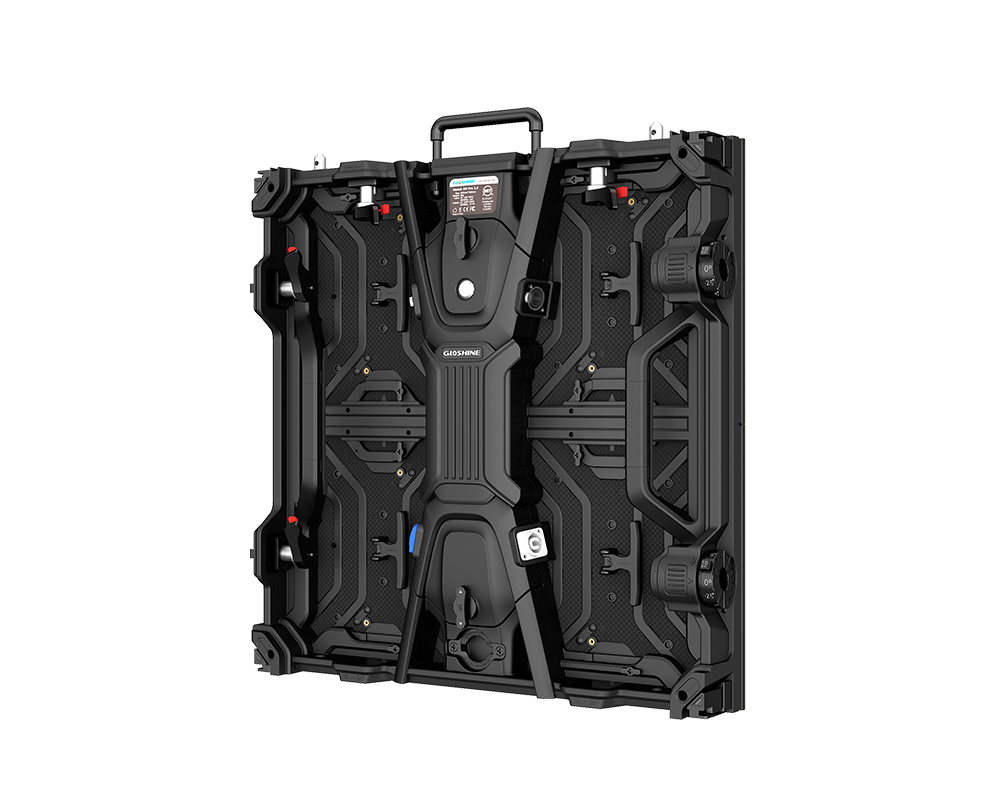When setting up an LED screen for your studio or virtual production, accurate measurement is key to achieving optimal performance. Whether you are integrating LED screen panels for a corporate event or building a permanent installation, the right size ensures a seamless fit and high-quality display. GLOSHINE’s innovative products, such as the MV Pro series, are designed to offer versatility and clarity, but understanding how to measure the size is just as important as choosing the right model.
How Pixel Pitch Affects the Perceived Size of Your LED Screen
The pixel pitch of LED screen panels plays a crucial role in how the screen appears in terms of clarity and size. A smaller pixel pitch, such as the 1.9mm or 3.9mm options available in GLOSHINE’s MV Pro series, creates a sharper image and more vivid details, especially in close-up views. While this does not directly affect the physical size of the LED screen, it does influence how viewers perceive the content on display, making the screen seem more detailed and immersive from any distance.
Measuring LED Screen Size Based on Cabinet Dimensions
To measure an LED screen, the first factor to consider is the cabinet dimensions. The cabinet holds the LED screen panels in place and contributes to the overall size of the display. Understanding the width, height, and depth of the cabinet helps determine the true physical size of your screen, ensuring it fits within your space. Whether you are working with a flat or curved display, getting accurate cabinet measurements is essential for achieving the desired result.
Using Curved Designs to Customize the Screen Size
Some LED screen panels, like those offered by GLOSHINE, allow for customization through curved designs. The MV Pro series, for example, features a curve lock option that supports creative setups. This flexibility allows you to tailor the screen size to match specific spatial requirements, such as creating a more immersive experience in a performance space. The ability to curve your LED screen panels means that you are not limited to traditional, flat layouts, giving you more control over the overall display size and its visual impact.
Conclusion
Measuring the size of an LED screen is an essential step for achieving the best display outcome. By considering pixel pitch, cabinet dimensions, and the ability to customize with curved designs, users can ensure their LED screen panels provide the right fit for their environment. With GLOSHINE’s innovative solutions like the MV Pro series, you can confidently create a display that meets your specific needs and enhances the visual experience.
